Letter of Complaint Template for Clear Communication
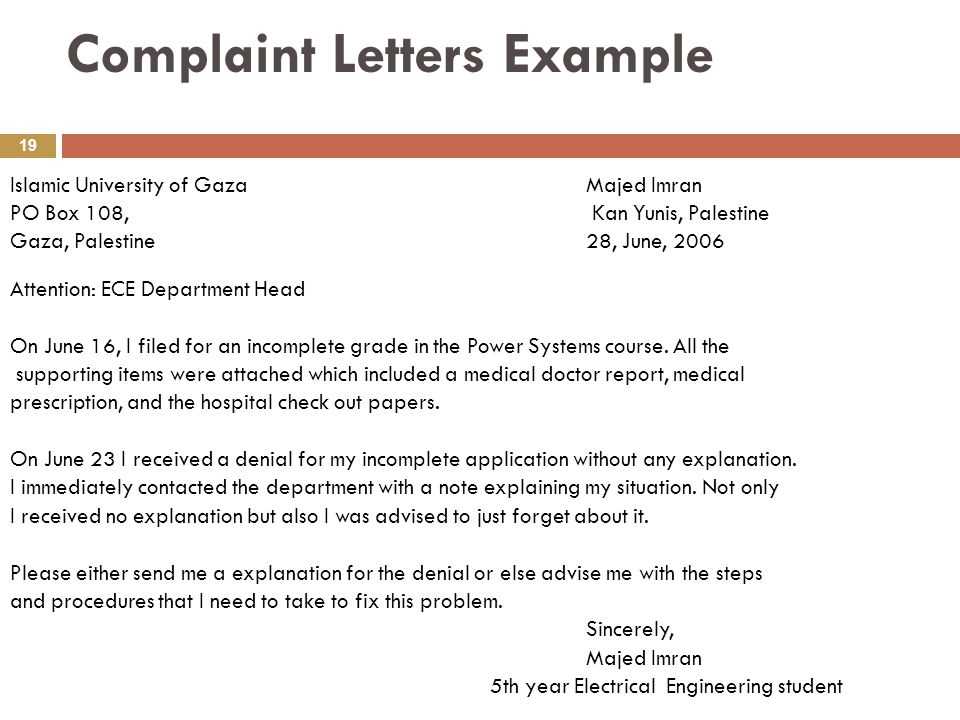
Writing a formal letter to express dissatisfaction is a crucial skill in maintaining clear and respectful communication. Such letters help in addressing concerns with a company or individual while ensuring that the message is received and acted upon appropriately. The key to a successful letter lies in the structure and tone, which should be both polite and direct.
Key Points to Include
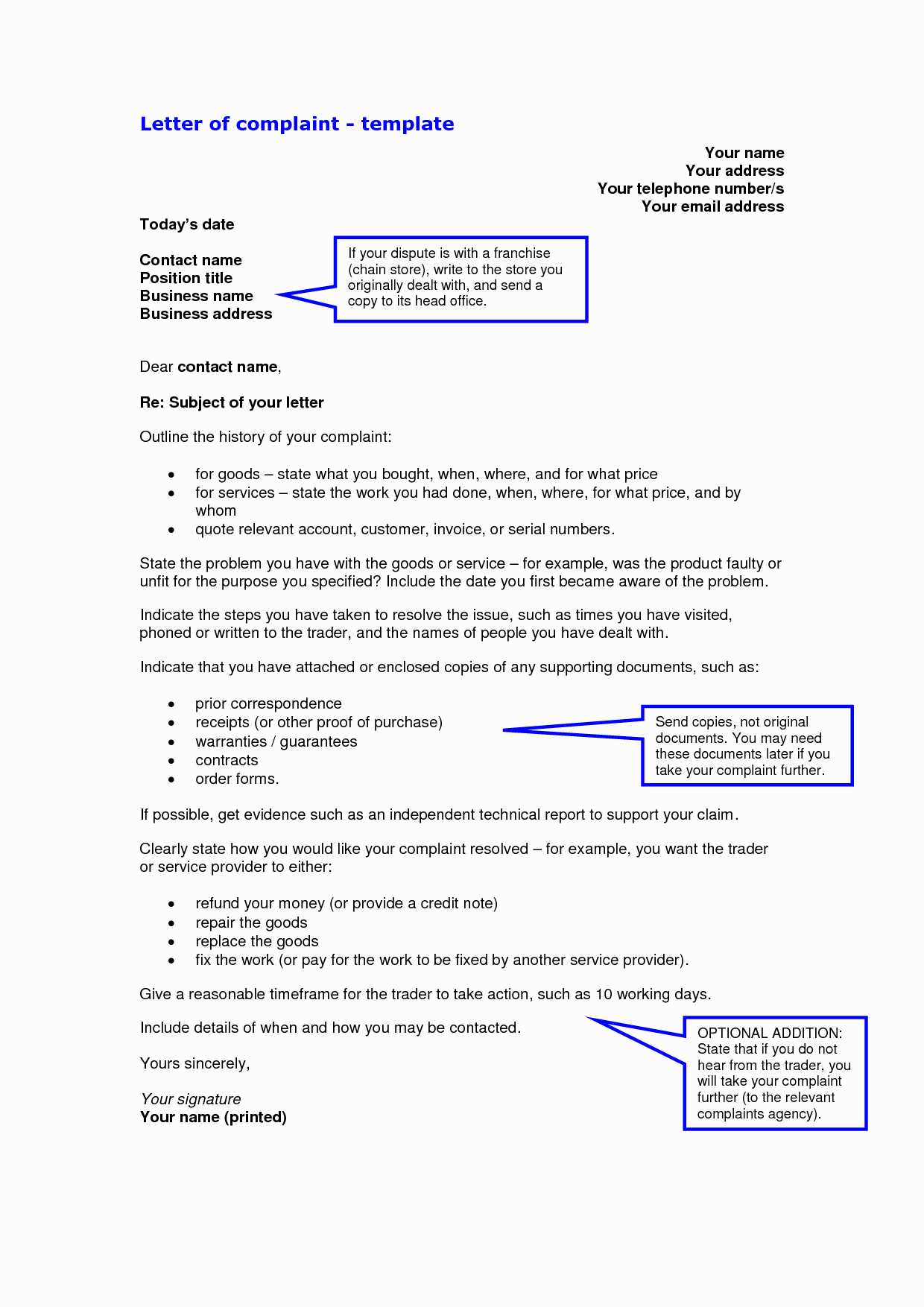
When drafting a message to address an issue, it’s important to include specific information that makes your case clear. Ensure that you mention the details of the situation, such as dates, times, and any prior communication. This allows the recipient to understand the problem in its full context and act accordingly.
- Be Clear and Concise: State the issue directly without unnecessary details.
- Provide Evidence: Attach any supporting documents or reference relevant records.
- Be Courteous: Keep the tone polite, even if the situation is frustrating.
Format to Follow
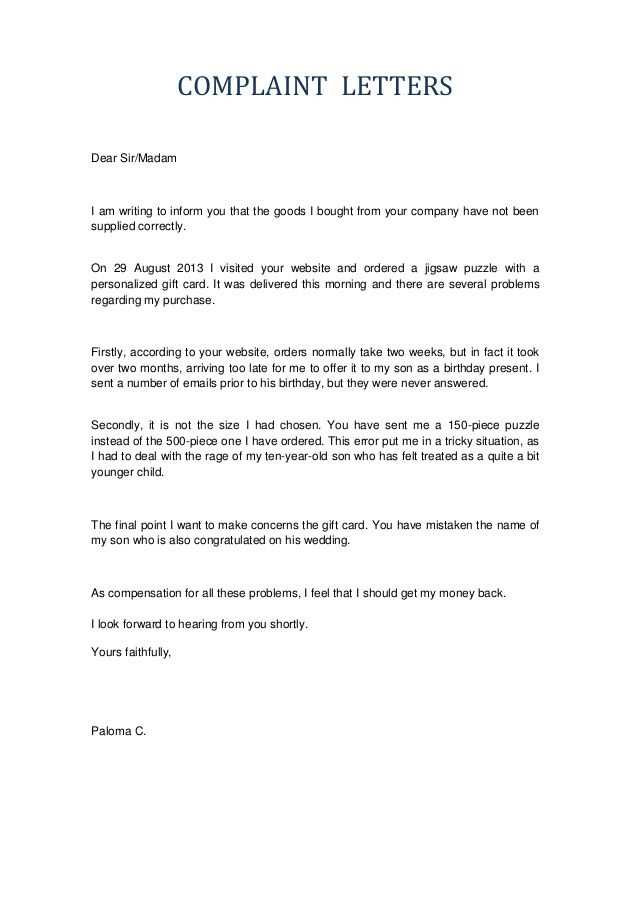
The structure of the letter is just as important as the content. A well-organized message ensures clarity and allows the recipient to quickly understand your concern.
- Introduction: Start with a brief introduction explaining why you are writing.
- Details of the Situation: Describe the issue in detail, including relevant dates and occurrences.
- Desired Outcome: Clearly state what resolution or action you expect.
- Conclusion: End the message on a polite note, thanking the recipient for their attention to the matter.
What to Avoid
Avoid using harsh language or making threats, as this can undermine the effectiveness of your message. Instead, focus on being assertive and respectful to maintain a constructive dialogue.
- Don’t use offensive or emotional language.
- Avoid being vague about the issue or what you expect in return.
- Don’t forget to proofread for clarity and professionalism.
By following this format and tone, you ensure that your concerns are communicated effectively, increasing the likelihood of a positive response.
Why Address Issues Through Written Communication
Using formal written communication to express dissatisfaction can be a highly effective way to resolve disputes. It provides clarity, structure, and professionalism while conveying your concerns. By following the proper approach, you can ensure your message is taken seriously and the issue is addressed promptly.
Steps to Write an Effective Message
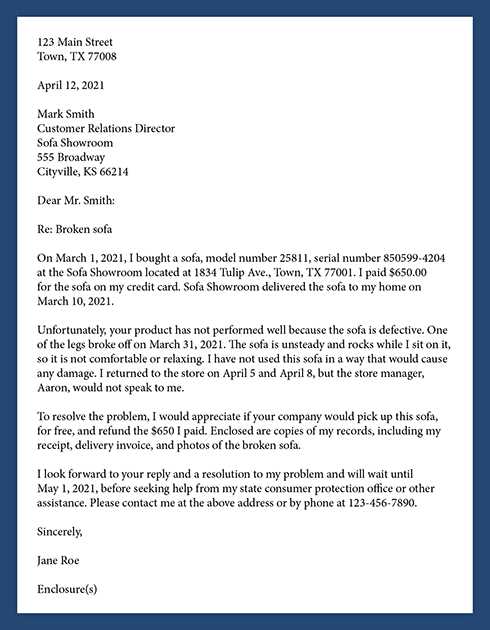
Crafting a clear and compelling message is essential for a successful outcome. Start by identifying the problem and gathering all relevant details, including dates and any previous interactions. Next, describe the issue clearly and concisely, ensuring that the reader understands the situation fully. Finally, outline the resolution you expect, making sure to keep a polite and professional tone throughout.
Important Aspects to Include
Effective communication requires specific components to be included in the message. Make sure to include:
- Clear Problem Description: Detail the situation with all relevant facts.
- Supporting Evidence: Attach or reference any documentation to strengthen your position.
- Expected Outcome: Clearly state what action or response you are seeking.
By keeping these elements in mind, you can craft a message that is both clear and persuasive, increasing the likelihood of a resolution.
Common Pitfalls to Avoid
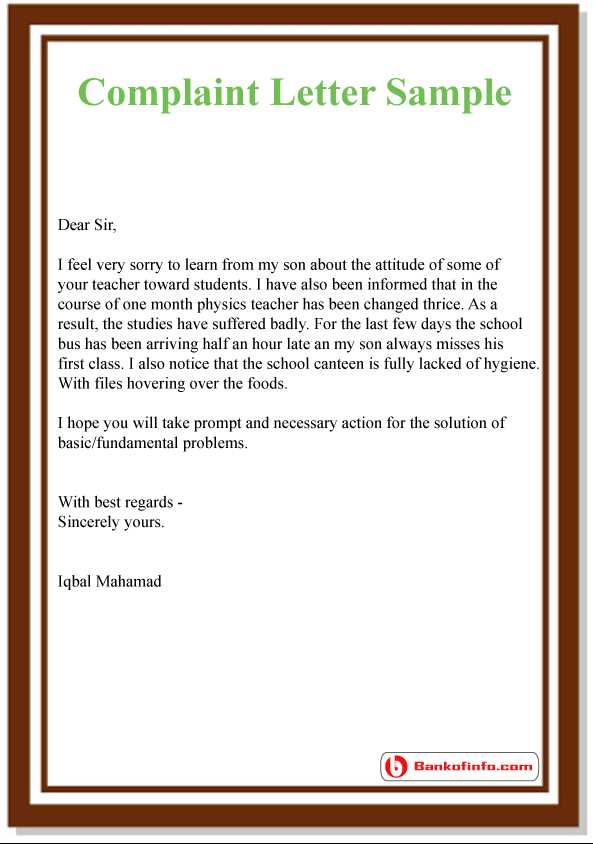
While it’s important to express dissatisfaction, avoid certain mistakes that could undermine the effectiveness of your message:
- Avoid emotional language: Stay calm and professional, even if the situation is frustrating.
- Don’t be vague: Be specific about the issue and what you want to be done about it.
- Proofread before sending: Ensure there are no errors that could affect the clarity or professionalism of the message.
When to Send Your Message
Timing plays a crucial role in addressing issues effectively. Ideally, send your message as soon as you realize there is a problem. Delaying the communication can result in further complications or a lack of resolution. If the issue persists without response, don’t hesitate to send a follow-up.
Following Up After Submission
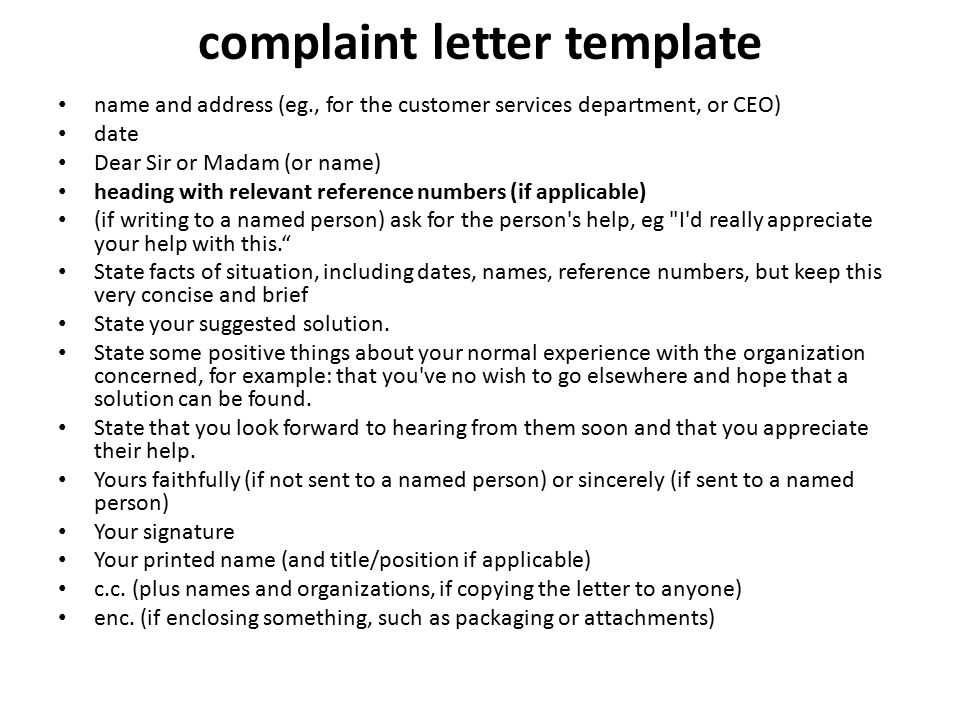
If you haven’t received a response after a reasonable amount of time, it’s essential to follow up. Politely inquire about the status of your concern and ask for updates. A timely follow-up shows you are serious about resolving the issue and ensures that your message is not overlooked.